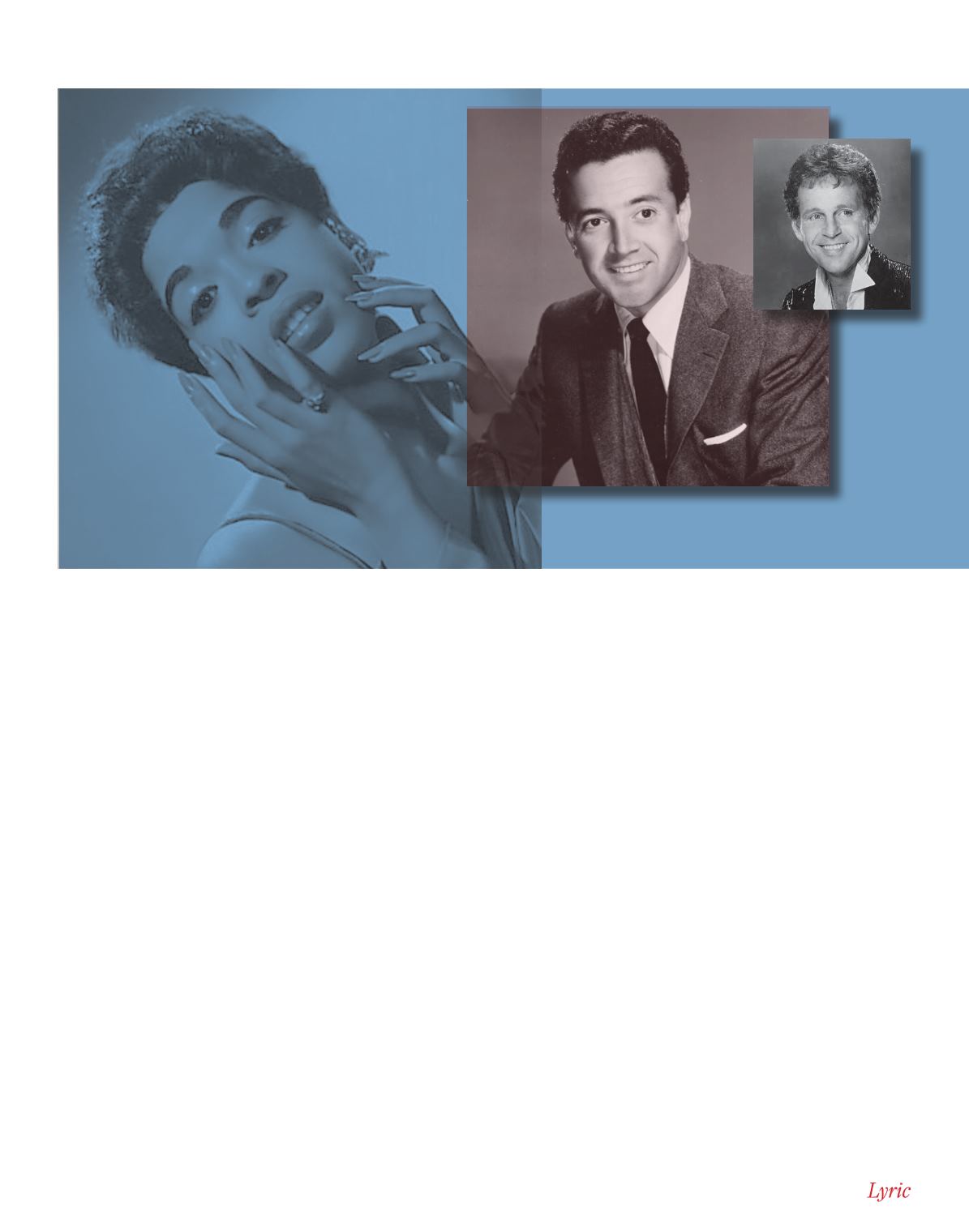
O P E R A N O T E S | L Y R I C O P E R A O F C H I C A G O
32
|
October 6 - 20, 2018
Generations of singers, especially
Italian singers, have followed the Melba/
Caruso example since. Licia Albanese,
Beniamino Gigli, the Renatas (Tebaldi and
Scotto), Carlo Bergonzi, Franco Corelli,
Mirella Freni, Luciano Pavarotti – all have
had their careers in part measured by their
assumptions of these roles, and to omit
them from their repertoires would have
been unthinkable.
And no wonder. Few operas command
such an expansive appeal as
La
bohème
.
Its recognizable characters boast a human
complexity that anyone who has ever been
in love, survived a breakup, or has just had
to get the rent paid, can relate to. Their
passions are expressed through workaday
objects familiar to us all – a candle here,
an old topcoat there, a bonnet, a muff.
This essential humanity has rendered the
piece virtually indestructible, even in an
era of high-concept
Regietheater.
It is also
one of the most musically accessible of
operas, for audiences and singers alike.
The score requires little virtuosic display
– Musetta delivers a staccato run or two,
and Rodolfo has one high C (which even
Caruso occasionally transposed down).
While nothing beats an all-star
Bohème
,
youthful enthusiasm goes some distance in
this piece, and younger singers can make an
enchanting effect in it.
Pop culture has reveled in
Bohème
.
Musetta’s waltz is among the world’s most
recognizable melodies, and has been covered
by everyone from Della Reese to Vic
Damone. Moviegoers sobbed along with
Nicolas Cage and Cher when
Moonstruck
took us to
Bohème
at the Met. Joseph Papp
produced a version starring pop sensation
Linda Ronstadt and country king Gary
Morris, and Broadway scored another hit
with
Rent
, a reimagined rock version.
Bohème
has even survived one of its
own problematic dynamics reasonably well.
In Mimì, Puccini created the first of what
have regrettably been dubbed his “little
women” – roles typified by the heroine of
Madama Butterfly
or
Turandot
’s Liù, who
suffer and die for the love of a man. It’s
a character convention that becomes ever
more awkward. Yet
Bohème
’s women are the
opera’s driving force; the men only react.
Mimì is a surprisingly modern character for
her time. She seeks independence, respect,
and a voice. It is through Mimì’s strength
of character that everyone else in the opera,
male or female, learns to love, forgive, and
become their better selves.
If audiences dismissed
Bohème
in 1896,
they have lined up in droves since.
La
bohème
is arguably the most beloved opera
ever composed. It is the most frequently
performed work at Lyric and the Met,
where it has been performed more than
1,300 times. Even after innumerable
hearings, the emotional lyricism of the
score takes one’s breath away. From the first
act’s exquisite pair of arias and emblematic
love duet, we are gloriously transported
through Musetta’s waltz, Mimi’s shattering
farewell with the quartet that follows, and
that ineffably affecting orchestral moment
when the love theme is echoed in the final
scene. The world now knows what Melba,
Caruso, and a host of other singers have
always known – and how grateful we should
be for their wisdom.
Mark Thomas Ketterson is the Chicago
correspondent for
Opera News
. He has also
written for
Playbill, the Chicago Tribune,
Chicago
magazine, and the publications of
the Ravinia Festival, Houston Grand Opera,
Wolf Trap National Park for the Performing
Arts, and Washington National Opera at the
Kennedy Center.
Three singers who scored with “Don’t You Know,”
the pop song based on Musetta’s waltz from
La bohème
:
(left to right) Della Reese, Vic Damone, and Bobby Vinton.








